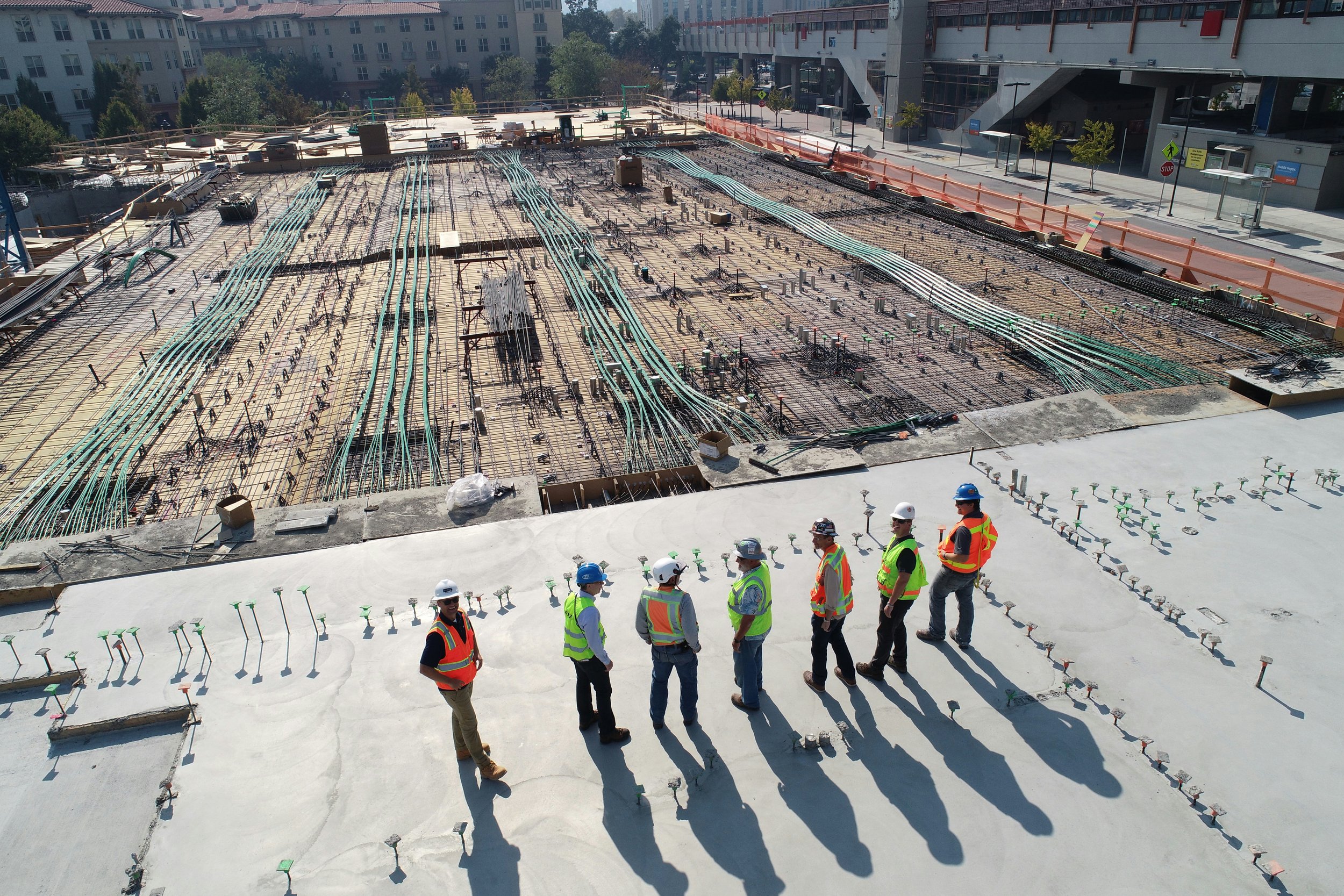Construction Carbon Accounting
The building sector is a major contributor to global greenhouse gas (GHG) emissions, accounting for approximately one third of global GHG emissions. However, this statistic doesn’t encompass all emissions relating to construction, leaving out those included in the manufacturing and transportation of building materials known as embodied emission. With those taken into account, the building industry would have a significantly higher percentage of GHG emissions, showing the importance of embodied emission accounting and reduction.
What are Construction Carbon Emissions?
Construction carbon emissions are split between two categories: operational and embodied. Operational emissions occur while the building is in use which encompasses both scope 1 and 2 emissions. Embodied emissions occur throughout the building production process which encompass scope 3 emissions. The production and transportation of building materials accounts for 60-80% of embodied emissions showing the importance of material selection.
Practices to Reduce Embodied Emissions:
Anti-Idling Policies
Equipment with Tier 4 Final Engines
Efficient Power Use for Job Site Facilities
Use Sustainable Construction Techniques
Use Recycled Materials
Use Lower Emission Materials
Track All Emissions
Implement Sustainable Office Practices
Material Selection:
Building materials have the largest impact on embodied carbon emissions accounting for 60-80% of construction embodied emissions. Selecting low emission material substitutes or those that consume more carbon than generate are a key step in reducing embodied carbon emissions.
Scaling up the use of timber is one of the most efficient ways to reduce overall building emissions. Using timber reduces total life cycle embodied carbon emissions by 40%. In comparison, using steel reduces embodied emissions by 16% and using concrete by 4%.
Embodied Carbon Emission Guide:
This six step process acts as a general guide for reducing embodied carbon emissions throughout a construction project, highlighting the framework for the task. For a more indepth, specific, step by step guide, reference the white paper linked at the end of this article!
Challenges Involved in Embodied Emission Accounting:
Currently, most energy conservation efforts are related to operational emissions, such as energy efficient lighting, renewable energy sources, and reduced energy usage. However, as buildings become more energy efficient operationally, the life cycle assessment increasingly shifts mainly toward embodied emissions.
There are a multitude of different approaches to embodied emissions accounting; finding the best suited application for the specific project can prove to be difficult.
Construction materials and manufacturers range widely in quality and carbon emissions. With the lack of transparency and regulations across supply chains, ensuring the emissions and condition of materials may be challenging.
While managing embodied emissions appears to be a challenging task, through proper identification and mitigation using the best suited procedure, reducing embodied emissions has the potential to be as effective as operational emission reduction efforts. The construction industry has the ability to reach even lower life cycle emissions allowing for a more sustainable cityscape.
Read more about carbon accounting in the construction sector in the white paper attached below:






